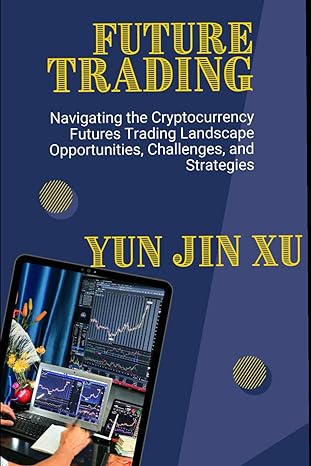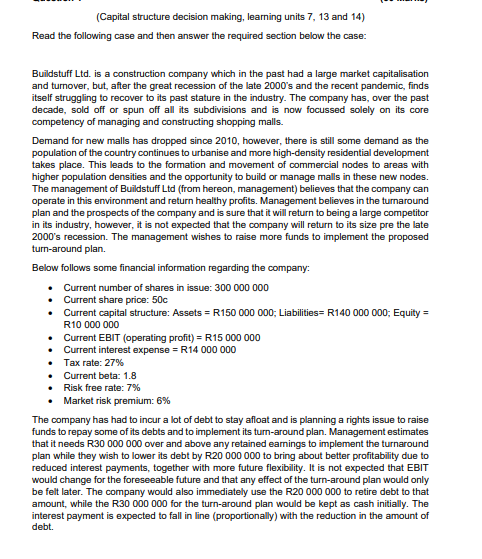
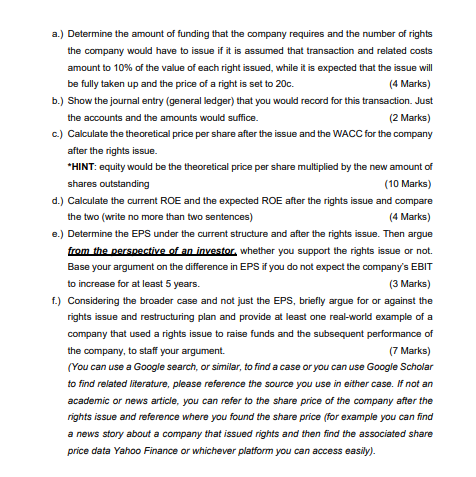
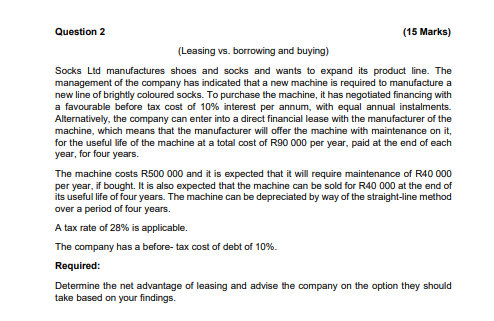
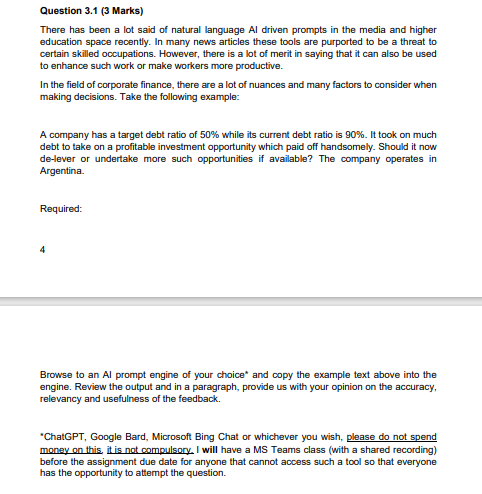
(Leasing vs. borrowing and buying) Socks Ltd manufactures shoes and socks and wants to expand its product line. The management of the company has indicated that a new machine is required to manufacture a new line of brightly coloured socks. To purchase the machine, it has negotiated financing with a favourable before tax cost of 10% interest per annum, with equal annual instalments. Alternatively, the company can enter into a direct financial lease with the manufacturer of the machine, which means that the manufacturer will offer the machine with maintenance on it, for the useful life of the machine at a total cost of R90 000 per year, paid at the end of each year, for four years. The machine costs R500 000 and it is expected that it will require maintenance of R40 000 per year, if bought. It is also expected that the machine can be sold for R40 000 at the end of its useful life of four years. The machine can be depreciated by way of the straight-line method over a period of four years. A tax rate of 28% is applicable. The company has a before- tax cost of debt of 10%. Required: Determine the net advantage of leasing and advise the company on the option they should take based on your findings. Question 3.1 (3 Marks) There has been a lot said of natural language Al driven prompts in the media and higher education space recently. In many news articles these tools are purported to be a threat to certain skilled occupations. However, there is a lot of merit in saying that it can also be used to enhance such work or make workers more productive. In the field of corporate finance, there are a lot of nuances and many factors to consider when making decisions. Take the following example: A company has a target debt ratio of 50% while its current debt ratio is 90%. It took on much debt to take on a profitable investment opportunity which paid off handsomely. Should it now de-lever or undertake more such opportunities if available? The company operates in Argentina. Required: 4 Browse to an Al prompt engine of your choice* and copy the example text above into the engine. Review the output and in a paragraph, provide us with your opinion on the accuracy, relevancy and usefulness of the feedback. "ChatGPT, Google Bard, Microsoft Bing Chat or whichever you wish, please do not spend money on this, it is not compulsory, I will have a MS Teams class (with a shared recording) before the assignment due date for anyone that cannot access such a tool so that everyone has the opportunity to attempt the question. (Capital structure decision making, learning units 7, 13 and 14) Read the following case and then answer the required section below the case: Buildstuff Ltd. is a construction company which in the past had a large market capitalisation and turnover, but, after the great recession of the late 2000 's and the recent pandemic, finds itself struggling to recover to its past stature in the industry. The company has, over the past decade, sold off or spun off all its subdivisions and is now focussed solely on its core competency of managing and constructing shopping malls. Demand for new malls has dropped since 2010, however, there is still some demand as the population of the country continues to urbanise and more high-density residential development takes place. This leads to the formation and movement of commercial nodes to areas with higher population densities and the opportunity to build or manage malls in these new nodes. The management of Buildstuff Ltd (from hereon, management) believes that the company can operate in this environment and return healthy profits. Management believes in the turnaround plan and the prospects of the company and is sure that it will return to being a large competitor in its industry, however, it is not expected that the company will return to its size pre the late 2000 's recession. The management wishes to raise more funds to implement the proposed turn-around plan. Below follows some financial information regarding the company: - Current number of shares in issue: 300000000 - Current share price: 50c - Current capital structure: Assets = R150 000 000; Liabilities= R140 000 000; Equity = R10 000000 - Current EBIT (operating profit) = R15 000000 - Current interest expense = R14000 000 - Tax rate: 27% - Current beta: 1.8 - Risk free rate: 7% - Market risk premium: 6% The company has had to incur a lot of debt to stay afloat and is planning a rights issue to raise funds to repay some of its debts and to implement its turn-around plan. Management estimates that it needs R30 000000 over and above any retained eamings to implement the turnaround plan while they wish to lower its debt by R20 000000 to bring about better profitability due to reduced interest payments, together with more future flexibility. It is not expected that EBIT would change for the foreseeable future and that any effect of the turn-around plan would only be felt later. The company would also immediately use the R20 000000 to retire debt to that amount, while the R30 000000 for the turn-around plan would be kept as cash initially. The interest payment is expected to fall in line (proportionally) with the reduction in the amount of debt. a.) Determine the amount of funding that the company requires and the number of rights the company would have to issue if it is assumed that transaction and related costs amount to 10% of the value of each right issued, while it is expected that the issue will be fully taken up and the price of a right is set to 20c. (4 Marks) b.) Show the journal entry (general ledger) that you would record for this transaction. Just the accounts and the amounts would suffice. (2 Marks) c.) Calculate the theoretical price per share after the issue and the WACC for the company after the rights issue. "HINT: equity would be the theoretical price per share multiplied by the new amount of shares outstanding (10 Marks) d.) Calculate the current ROE and the expected ROE after the rights issue and compare the two (write no more than two sentences) (4 Marks) e.) Determine the EPS under the current structure and after the rights issue. Then argue from the perspective of an investor. whether you support the rights issue or not. Base your argument on the difference in EPS if you do not expect the company's EBIT to increase for at least 5 years. (3 Marks) f.) Considering the broader case and not just the EPS, briefly argue for or against the rights issue and restructuring plan and provide at least one real-world example of a company that used a rights issue to raise funds and the subsequent performance of the company, to staff your argument. (7 Marks) (You can use a Google search, or similar, to find a case or you can use Google Scholar to find related literature, please reference the source you use in either case. If not an academic or news article, you can refer to the share price of the company after the rights issue and reference where you found the share price (for example you can find a news story about a company that issued rights and then find the associated share price data Yahoo Finance or whichever platform you can access easily)










